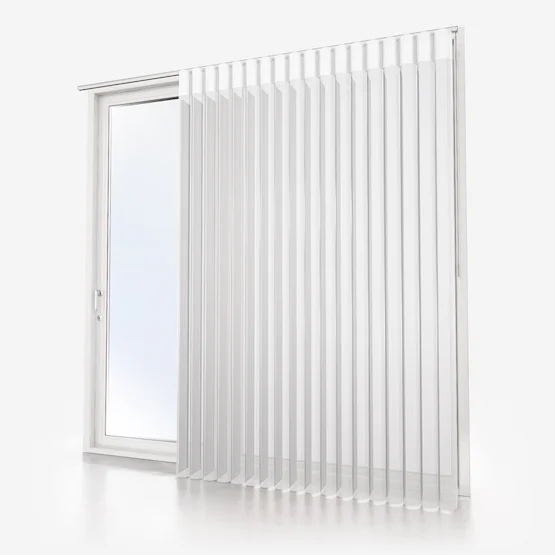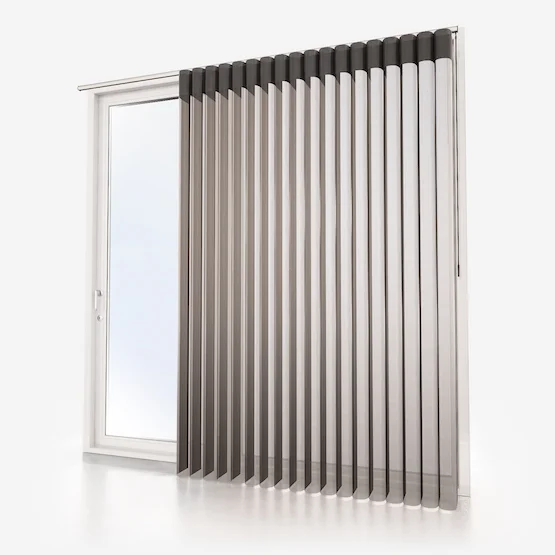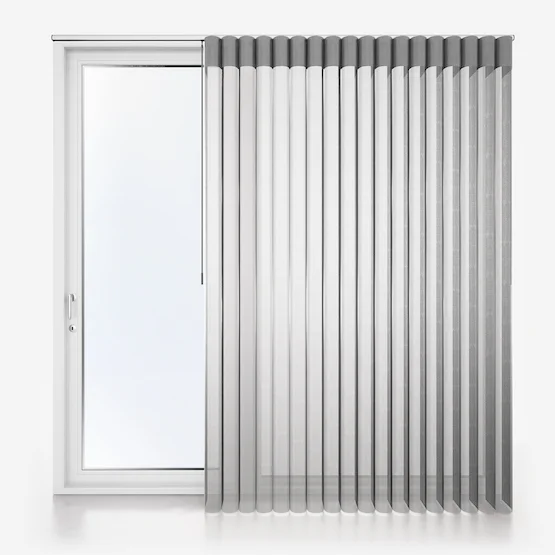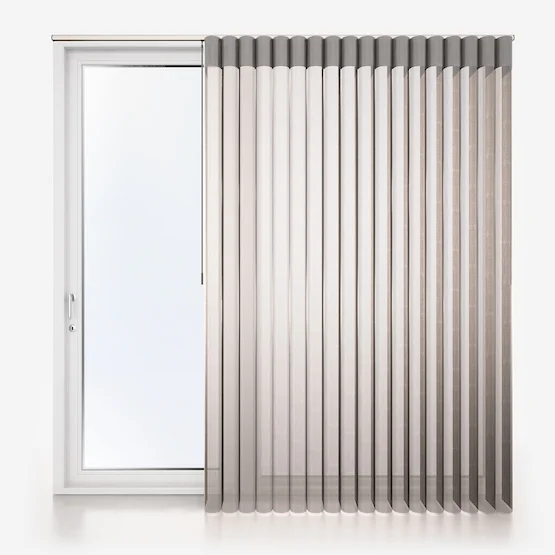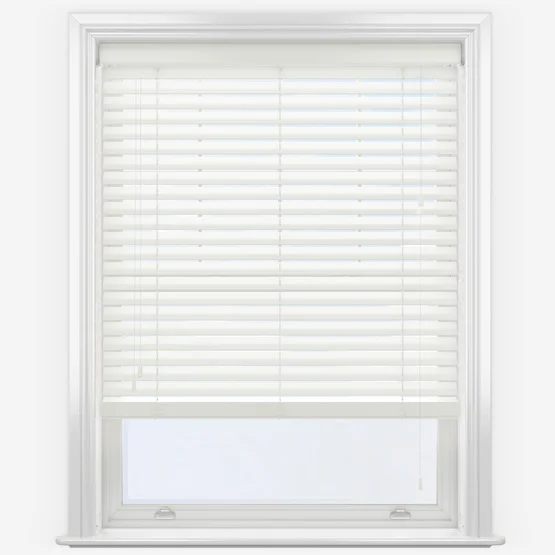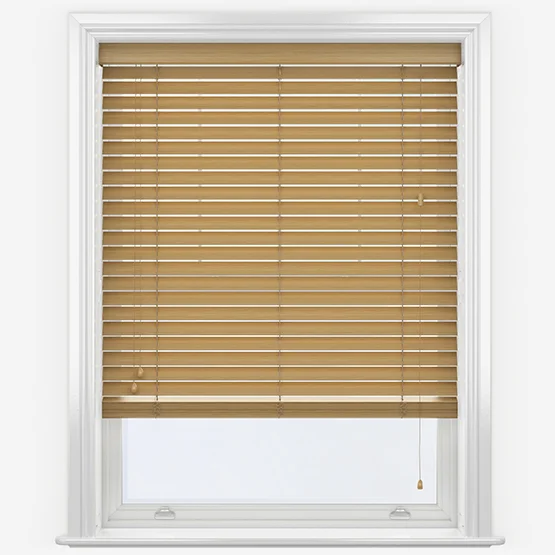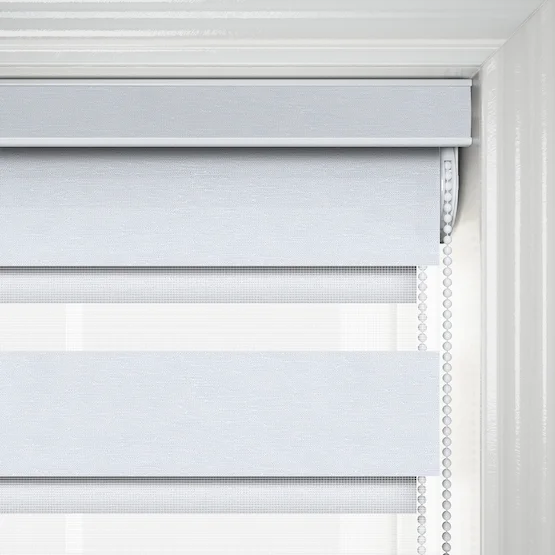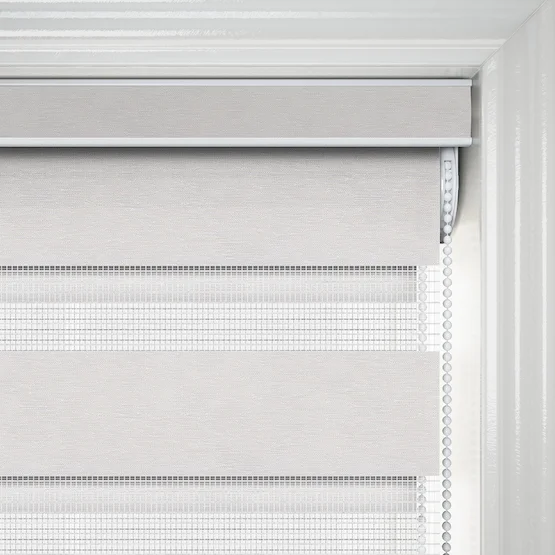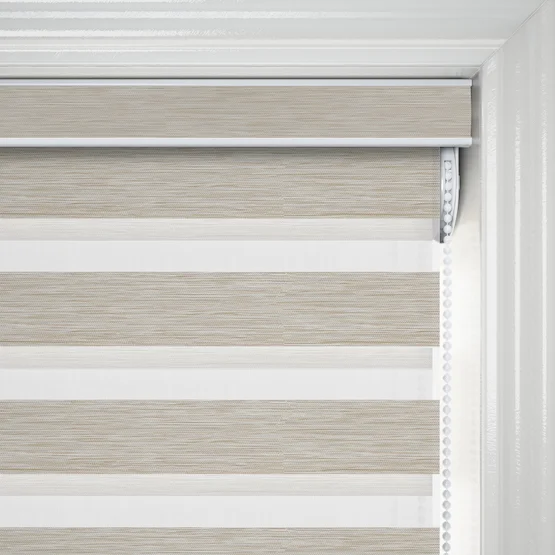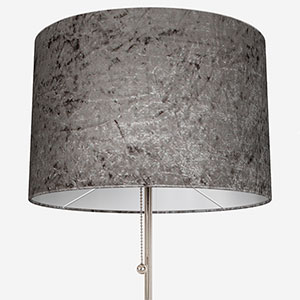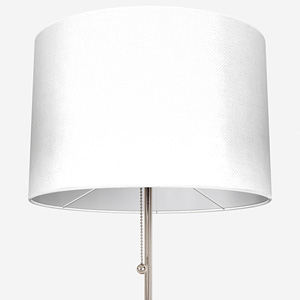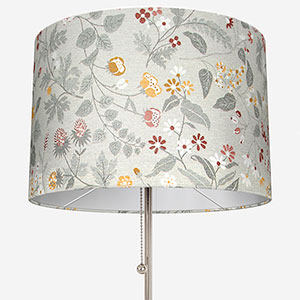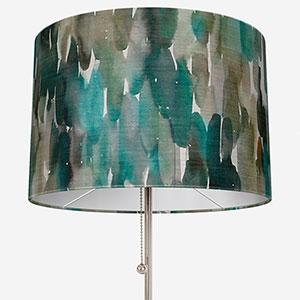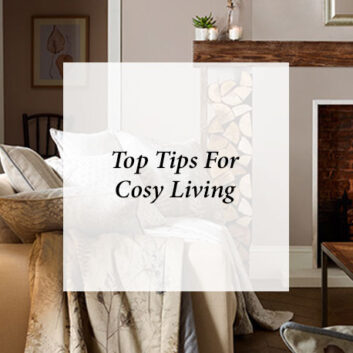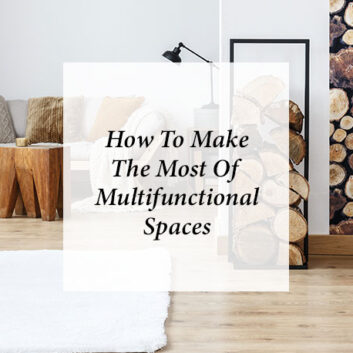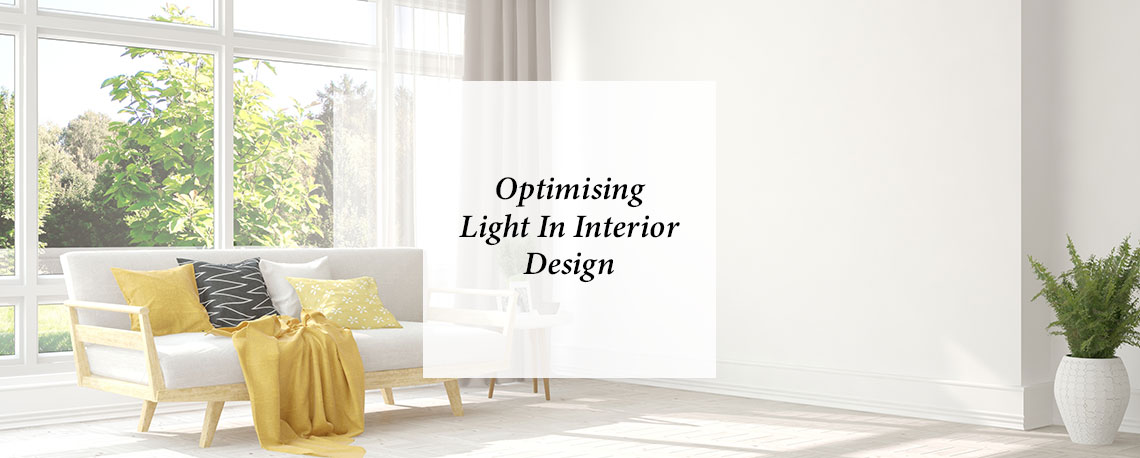
Optimising Light In Interior Design
It may seem obvious but almost everything we enjoy in interior design is dependent on light. Colour for example only works because white light is a combination of all the tones of the spectrum and objects only reflect the colour we then see. No light, no colour. On a day-to-day basis, we may see some level of colour in low light, but we need to make sure we’re making the most of it, be it natural or artificial.
How to make the most of natural light in interior design
Unlike light created electronically, natural light is really good for humans. Exposure to natural light helps us take in vitamin D, a substance needed to regulate calcium and phosphorus, which is important for kids and grown-ups alike. Natural light also helps us avoid Seasonal Affective Disorder (SAD); a type of depression associated with too little sun exposure.
To let the sun in however, we need to have our blinds or curtains thrown open and forego privacy, right? Well not really.
The balance between letting natural light filter into your home and maintaining privacy has always been a consideration. In some rooms, total privacy may not matter as much as others, but for those rooms where you want to restrict prying eyes but still enjoy the light, there are some great options to consider.
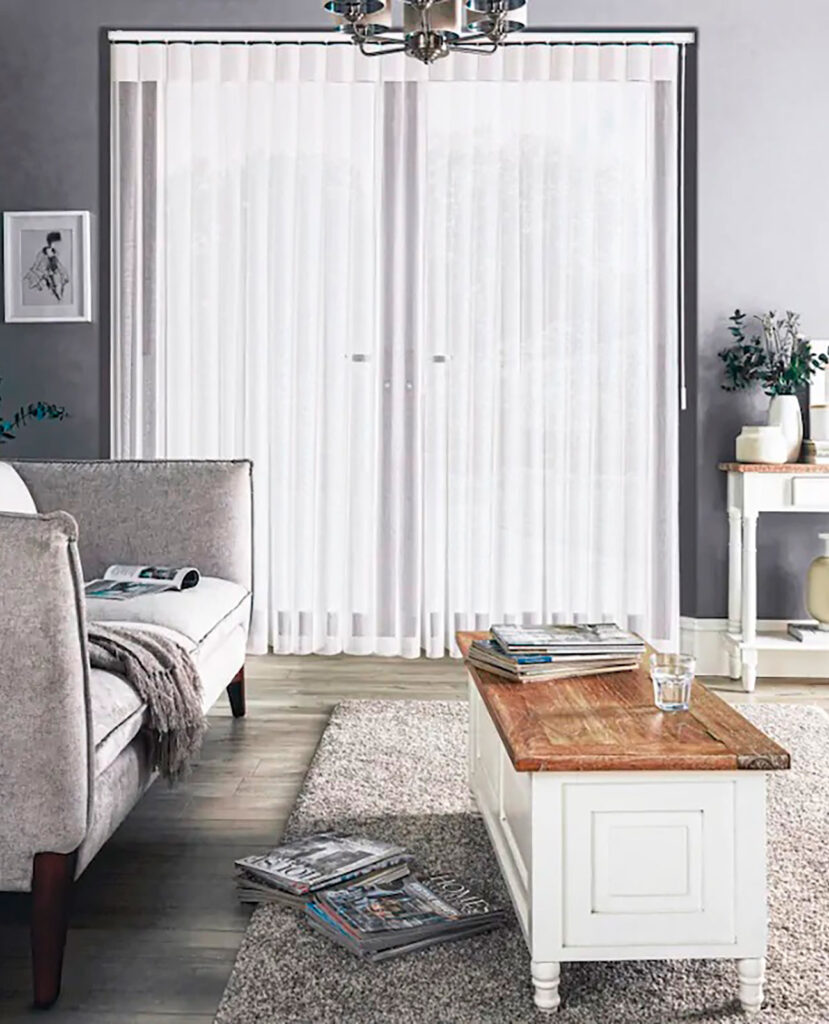
Light, privacy, and illusion blinds
For those concerned about privacy but still hoping to enjoy external light, few window furnishings are as versatile as Illusion blinds.
The innovative design of these elegant blinds filters daylight while allowing a view to the outside world. With the twist of a wand however, an illusion blind will deliver complete privacy.
Constructed from a combination of sheer and opaque textured fabrics, Illusion blinds are a fantastic window solution for larger windows, bi-folding and patio doors. Learn more about these ingenious blinds in our Introducing Illusion Blinds blog, and Buyers’ Guide for Illusion Blinds
Using Venetian blinds to control light in interior design
Whether you opt for a wooden Venetian blind, or an aluminium Venetian blind, you can benefit from the exact levels of light you want, while maintaining privacy.
Other styles of window furnishing – be it curtains, roller blinds or Roman blinds – are either open or closed, there isn’t really much versatility.
With a Venetian blind however, you can easily tilt the slats to find that perfect level of light, but unless the blind is completely open, you can still hide yourself away from the world.
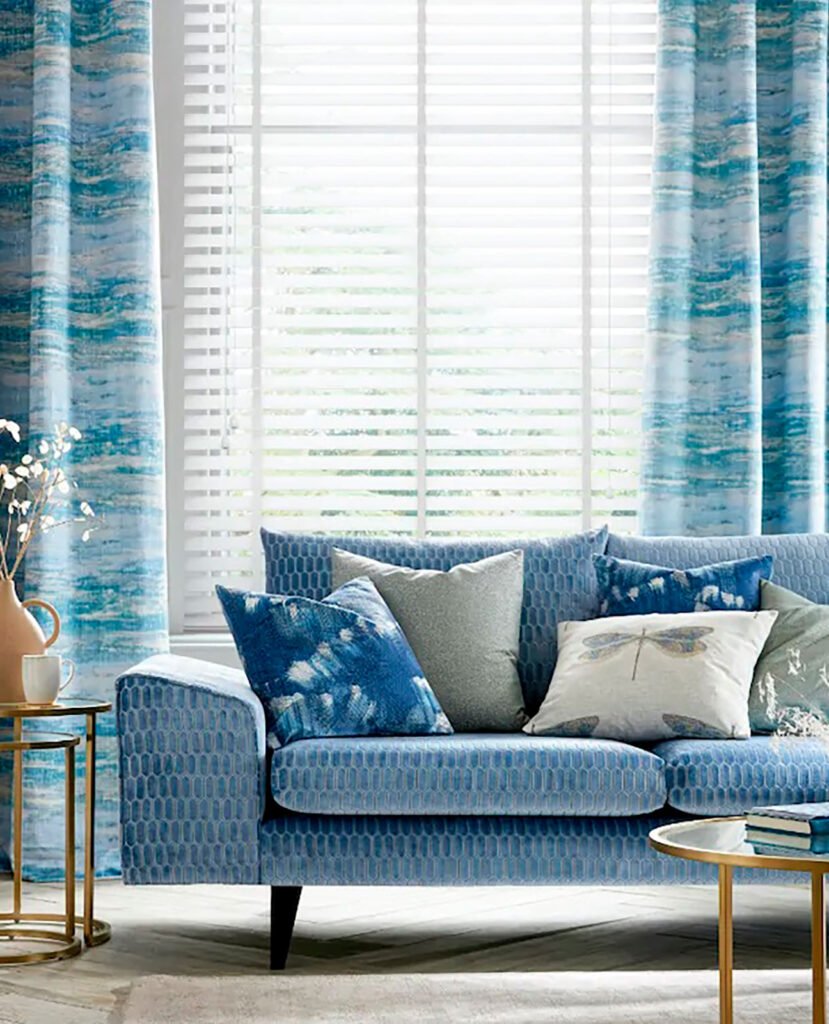
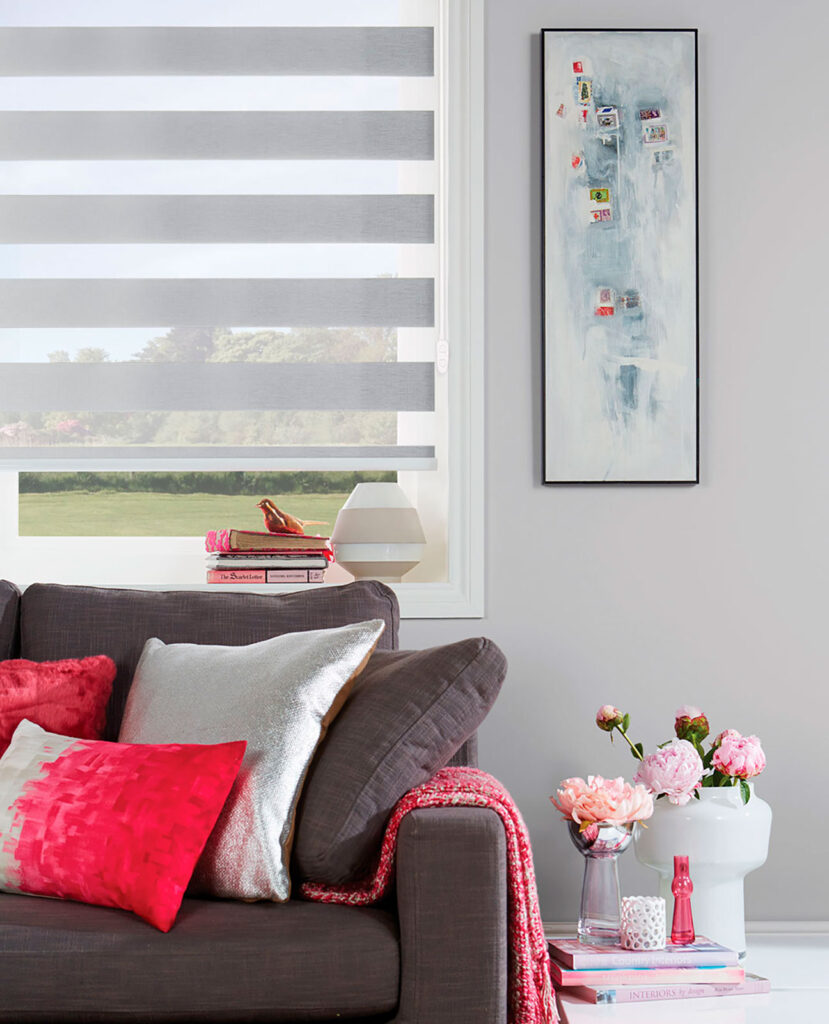
Balance privacy and light with Day & Night blinds
Day & Night blinds – also known as Zebra blinds – are crafted from alternating strips of material which provide different levels of transparency – and a trendy striped effect – all in one striking window furnishing.
As a Day & Night blind is rolled down, its alternating stripes gracefully slide against one-another, swapping between a solid block of colour and a stylish set of stripes. When set as a block colour, a Day & Night blind will block out light but when stripy, light will filter through without the need to abandon all privacy.
Because of the flexibility offered by Day & Night blinds, they are an exceptional choice for living rooms, dining rooms and even conservatories.
Making the most of artificial light
Harnessing light has been one of humanity’s greatest achievements. Unlike many earlier centuries, we are blessed with the ability to illuminate a space with the flick of a switch.
While extremely functional, it doesn’t mean artificial light has to be bland.
Beautifully shaped lamps and light fittings have been popular for decades. While the shapes and trends have evolved over the years, there has hardly been a time when there’s been no need for a striking lampshade.
Functionally, a lampshade will help to dim artificial light and take away some of its severity. Aesthetically, a high-quality lampshade will be illuminated by the bulb it contains helping cast colour across your space. Therefore, it is very important to select a lampshade that ties in well with your established décor. Many shades also feature metallic linings, giving the light a softer glow.
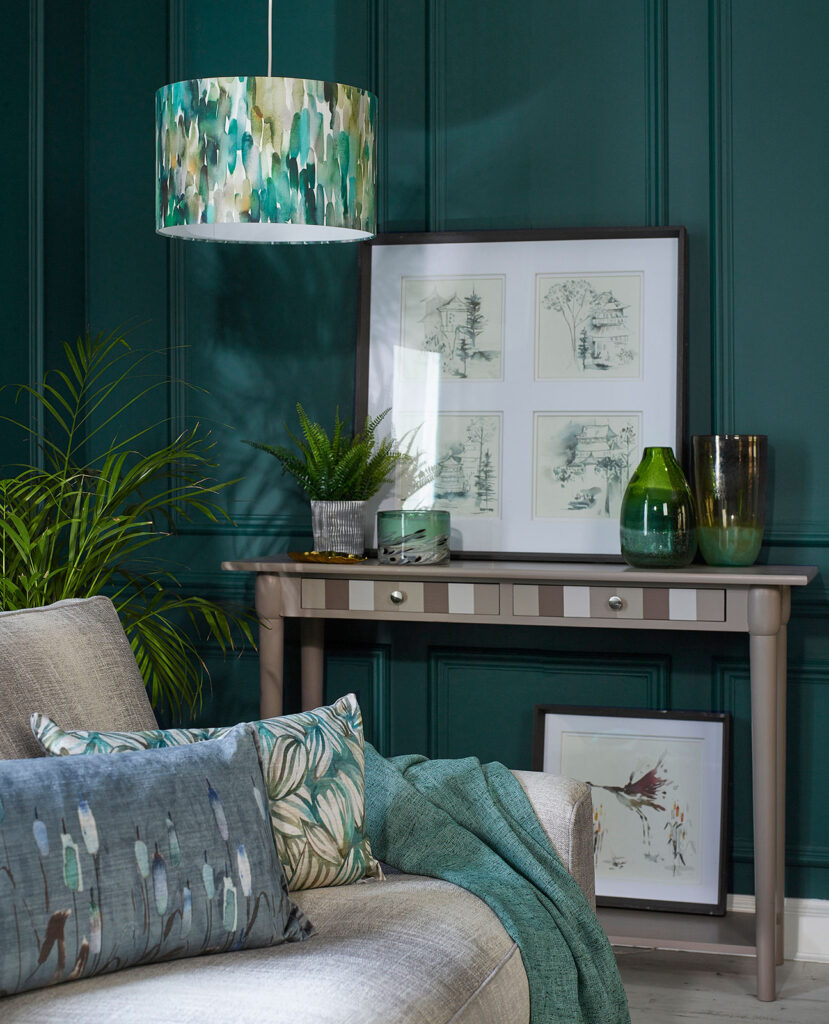

Embracing the dark side
Light is pretty awesome, but sometimes we need absolute darkness. The need for the dark is most evident when it’s time for bed, and for good reason.
Light exposure can affect the quality of our sleep which in turn can affect our health and happiness. For rooms where darkness is very important, and you really want to fight against external light, be sure to consider a blackout blind, or having a specialised blackout lining included in your purchase.
To learn more about light and its impact on sleep, check out our Wake Up Well research and our top tips for a good night’s rest.
Shop products designed to help control the lighting in your interior design:
